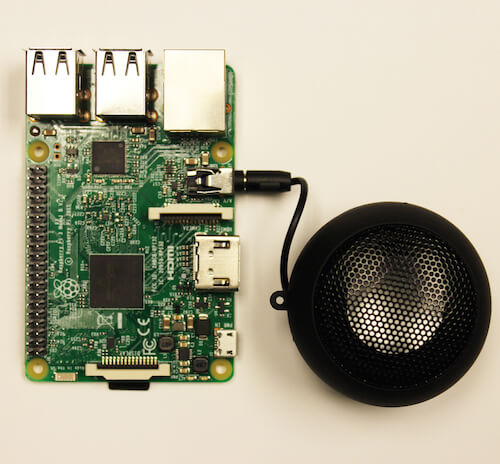

However, connected speech provides the clinician with information on how the patient is able to rapidly vary laryngeal and supra-laryngeal postures and various prosodic vocal parameters for communicative purposes. Sustained vowels provide a relatively clear window into the balance between noise and periodicity related to glottal function or dysfunction without the potentially obscuring influences of laryngeal and supra-laryngeal articulation and prosodic variations. relatively static motor tasks respectively. It is important to assess both connected speech and sustained vowels because voicing behaviors differ for these tasks and because they assess very different dynamic vs. post-thyroidectomy than measurements obtained from sustained vowels. Several reports have found that measurements obtained from connected speech in certain populations may better predict voice classifications such as age and gender, differentiation of adductor spasmodic dysphonia from muscle tension dysphonia, and voice change pre- vs. In voice quality assessments, it is important to assess both connected speech and sustained vowels.

Clinically, LSVT is a known intervention method which aims to allow the patient to habitually use a louder and better-quality voice in daily life. LSVT also demonstrates positive changes in perceived voice quality, acoustic harmonic structure of sustained vowels and intelligibility posttreatment in speakers with PD. Additionally, other changes identified after LSVT including significant increases in the maximum duration of sustained vowel phonation, maximum fundamental frequency, habitual fundamental frequency and fundamental frequency variability in speech. Increased vocal intensity is the principal effect resulting from LSVT. The effectiveness of LSVT has been demonstrated across three randomized blind control studies and a delayed treatment onset study. LSVT is an intensive behavioral voice treatment developed for idiopathic PD, and has been shown to produce long-term voice improvements in speakers with PD lasting up to two years following treatment.

While some beneficial effects of levodopa on vocal performance have been reported, various PD therapies such as pharmacological or surgical speech interventions have not been shown to be effective in improving speech and voice quality of patients as compared to intensive voice treatments such as the Lee Silverman Voice Treatment developed for PD (LSVT ®LOUD, or “LSVT”). At the supra-segmental level, more pauses and increases in fundamental frequency (F o) with a reduction in its variability, reduced sound pressure levels (SPL), and rate abnormality have also been reported.

In addition, slowness of articulation was indicated by a shallower second formant slope during speech tasks including word reading. It has been reported that speakers with PD tend to inappropriately produce acoustic energy during the stop gap of voiceless consonant. Speech production studies in speakers with PD have demonstrated deficits in oral closure for stop consonants, reduced range of articulator motion for diadochokinetic (DDK) tasks, deficits in the amplitude and velocity of lip and mandible movements, and slowed articulator movement during vowel production and during speech tasks including oral reading of the first paragraph of the Rainbow Passage. These are important factors affecting intelligibility. Studies investigating listener impressions of speech and voice characteristics in PD include decreased vocal intensity, decreased articulatory precision, mono-pitch, breathy or harsh voice quality in speech tasks, and less spectrally distinct consonants.


 0 kommentar(er)
0 kommentar(er)
